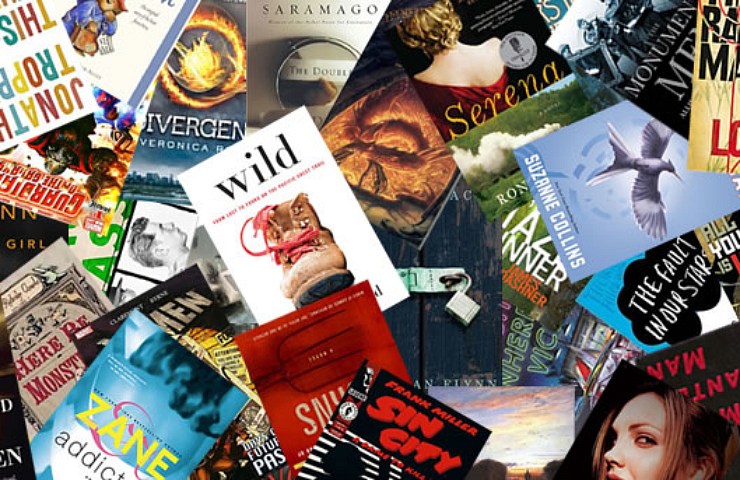As the nine or so hours of “The Hobbit” trilogy, every adaptation of Frank Herbert’s “Dune,” WWZ (starring Brad Pitt) and “Cat in the Hat” (starring nightmares) show—turning a book into a film is an unfathomably difficult task that can go horribly wrong, no matter how many dollars are thrown at it. Here’s a list of the 5 biggest do’s and don’ts, should you ever consider turning your favorite page-turner into a talking picture.
Do: Get the author involved
Most successful adaptations have been so, in part, due to the original authors’ involvement. It’s important to respect the original essence of the text, and having the writer on board conveys that it is true to its intended purpose. Some of the best examples would be “Harry Potter,” “The Hunger Games” and “The Fault in Our Stars.”
Don’t: Water down the contents of the novel
Too often, books are reduced to a main concept and reworked around what the director or screenwriters want to do. Although I understand that they may have purchased the rights, it seems a bit silly to spend all that money if they were planning to butcher it from the start.
Do: Respect the fan base
I cannot stress this enough! As an avid reader I can assure you that fans of the novel will be your best and cheapest advertising. I cant even count the number of times I’ve dragged my friends to go see films adapted from my favorite books. Similarly, if the readers don’t like the approach you’ve taken to the film, they will tell everyone watching that it is a waste, and people will listen to them.
Don’t: Add or remove major characters
This is especially problematic when dealing with a series or franchise. I can maybe justify removing minor characters due to budgeting, but adding new ones will never make any sense to me. Sometimes I wonder If producers bother to read the series at all when buying the rights to these movies or if it’s solely based off of sales.
Do: Include backstory
Backstory is crucial to character development and often plays a significant role within novels. However, its often removed from films due to time constraints. But it ultimately leads to underdeveloped characters or plot holes that would otherwise be explained.
Don’t: Adapt books that ultimately aren’t fit for the screen
The problem with novels, particularly those written in a first person point of view, is that a significant portion of the text is inner dialogue. For some authors, namely Rick Riordan, inner dialogue is their strength. In Riordan’s case it’s where his sense of humor shines. Unfortunately, inner thoughts don’t play out very well on film, and large chunks of text are omitted and the story loses its character.
Do: Cast actors within the right age range
Age is a significant factor in storytelling. It accounts for the characters’ actions and how they react and interact with their surroundings and circumstances. Could you imagine how differently “Harry Potter” would have turned out had they cast twenty-year-olds to play the trio instead of 12 year-olds? That’s basically what they did with “Percy Jackson” (I realize this is the second time I’ve referred to that film but what they did was an honest-to-god disservice to the novel and its readers).
Don’t: White wash
In general, I’m one of those people who wants the actors to look as much like the fictional characters they’re portraying as possible. I get especially peeved when they white wash characters given that diversity is hard enough to find, it should be celebrated when it does occur. Honestly, the excuse of not being able to find someone of that race/ethnicity to play the role is nonsense.





Recent Comments